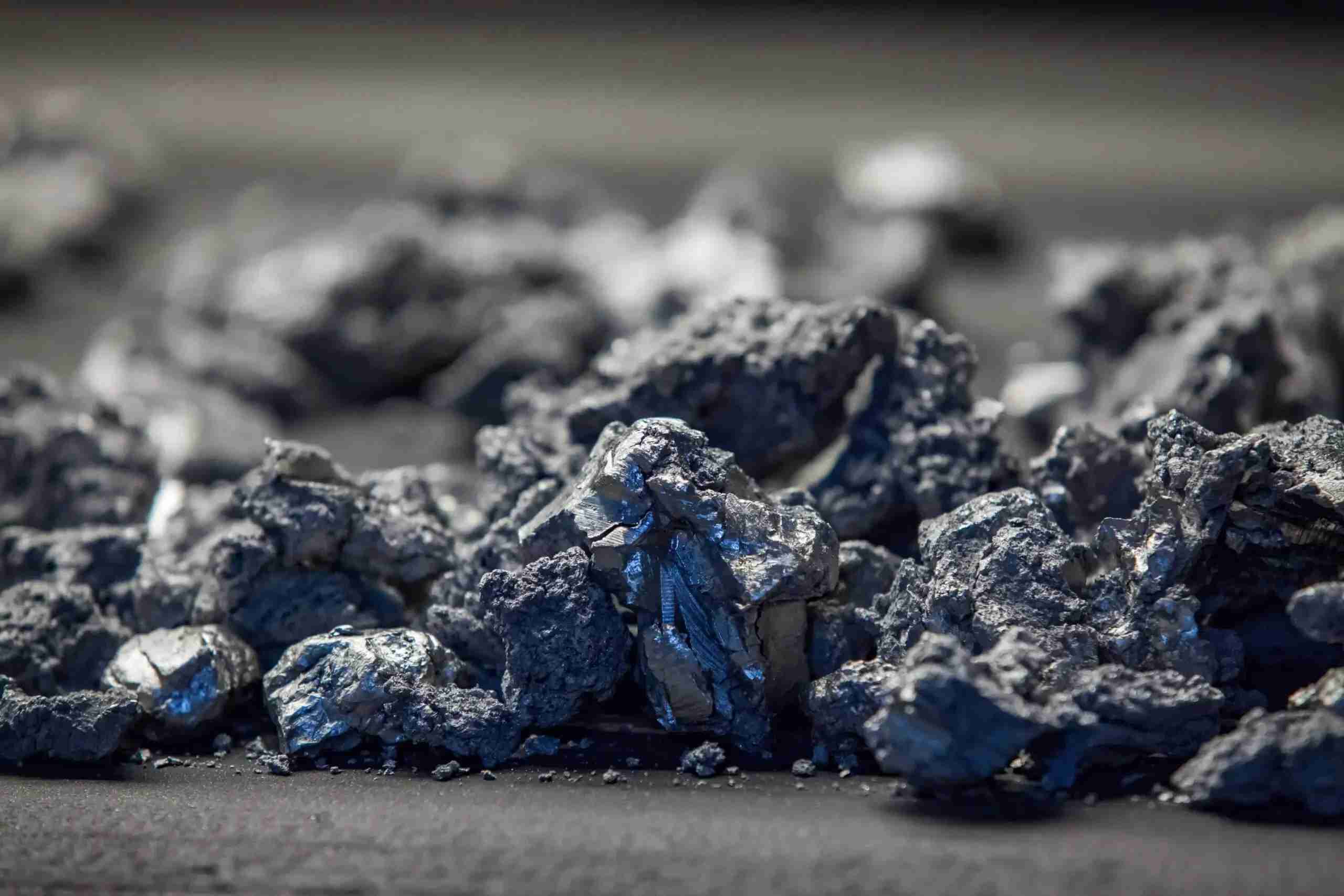Time and time, titanium has been called ‘the metal of the future.’
This isn’t surprising, as titanium and its alloys are as strong as steel but only half the weight. With outstanding thermal conductivity, mechanical properties, and impressive electrical conductivity, titanium and its alloys are revolutionizing industries worldwide.
Titanium is a unique metal used in the aerospace, automotive, defense, sporting equipment, and healthcare industries. But there’s more to this metal than meets the eye.
Titanium doesn’t behave like most metals when it comes to temperature. It stays strong even in extreme heat but doesn’t dissipate heat well, leading to potential heat build-up. Conversely, certain titanium alloys perform exceptionally well in freezing conditions.
Dive in with us as we explore titanium’s performance at both high and cryogenic temperatures, and learn why this metal could be the game-changer you need.
Titanium Physical Properties at High Temperatures
Titanium excels in extreme temperature environments due to its high melting point and impressive fatigue strength.
This makes it ideal for aircraft engines, naval ships, spacecraft, missiles, and power plant pipes. Its excellent corrosion resistance is thanks to a protective oxidation layer that forms at high temperatures. However, this protective layer is less effective in pure oxygen atmospheres.
In addition to its corrosion resistance, titanium maintains its strength and stability at high temperatures, making it a reliable choice for demanding applications. It’s not just about surviving the heat; titanium thrives in it.
Below, we explore the thermal properties of commercially pure titanium and titanium metal alloys and why they are preferred in such high-stress environments.
Commercially Pure Titanium
Commercially pure titanium has a high strength-to-weight ratio, making it ideal for high-temperature applications. With a melting point of around 3,034°F and a density of approximately 4.5 g/cm³, it is commonly used in components subjected to extreme conditions.
However, its applications can sometimes be limited, as titanium can catch fire and cause extreme damage if exposed to situations where it rubs against other metals at elevated temperatures.
Commercially pure titanium has good corrosion resistance, forming a protective oxide layer when exposed to high temperatures. This can be a positive when it’s reactive with water or at ambient temperatures anywhere on Earth.
Despite its advantages, commercially pure titanium can catch fire and cause severe damage if it rubs against other metals at elevated temperatures.
This reactivity is particularly problematic in environments with high oxygen levels, such as during 3D printing and powder sintering metallurgy, where titanium powder can become an explosion hazard. These material properties excel in pipes but are unsuitable for jet engines and rocket motors.
Titanium’s applications are further enhanced by its low electrical conductivity, creep resistance, and high tensile strength. It remains stable at temperatures up to approximately 572°F, but its low thermal conductivity can be a limiting factor.
Additionally, titanium’s hydrogen solubility decreases with elevated temperatures, making it suitable for use in magnetically confined fusion reactors.
In orthopedic and dental implants, titanium’s mechanical properties are highly valued. However, to enhance its strength and toughness for most applications, titanium is often alloyed with other metals.
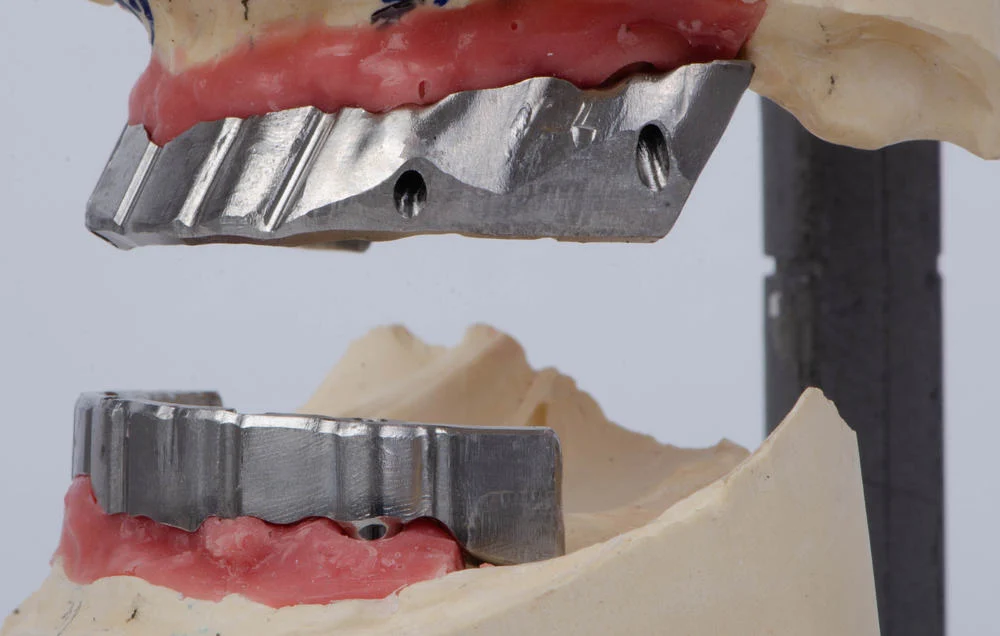
Thermal Conductivity in Titanium Alloys
Pure titanium is frequently mixed with other metals to create alloys that offer increased tensile strength and toughness, even at high temperatures. These alloys are categorized into alpha, beta, and alpha+beta types, each with distinct properties.
- Alpha alloys: Containing metals such as aluminum and tin, alpha alloys exhibit exceptional thermal resistance up to 1,100°F. They are preferred for high-temperature applications due to their stability but have low-to-medium strength that cannot be enhanced through heat treatment.
- Beta alloys: These contain elements like molybdenum, vanadium, and niobium, offering excellent hardenability and heat-treatable strength. Beta alloys have high fracture toughness and are highly forgeable, but they cannot withstand as high temperatures as alpha alloys.
- Alpha+beta alloys: These alloys are also heat-treatable and provide medium-to-high strength. They can operate at higher temperatures than commercially pure titanium, with a creep resistance of up to 500-800°F. Some complex titanium alloys display high strength at temperatures up to around 932°F.
While titanium alloys generally have a lower thermal conductivity than commercially pure titanium, their thermal expansion coefficients and linear thermal expansion properties make them versatile for various applications.
These metal alloys combine high strength, low electrical conductivity, and good corrosion resistance, making them essential in industries ranging from aerospace to medical implants.
|
Buy Certified High-Quality Metals for Industrial Solutions |
||
|
New Aluminum |
New Steel |
New Stainless Steel |
 |
 |
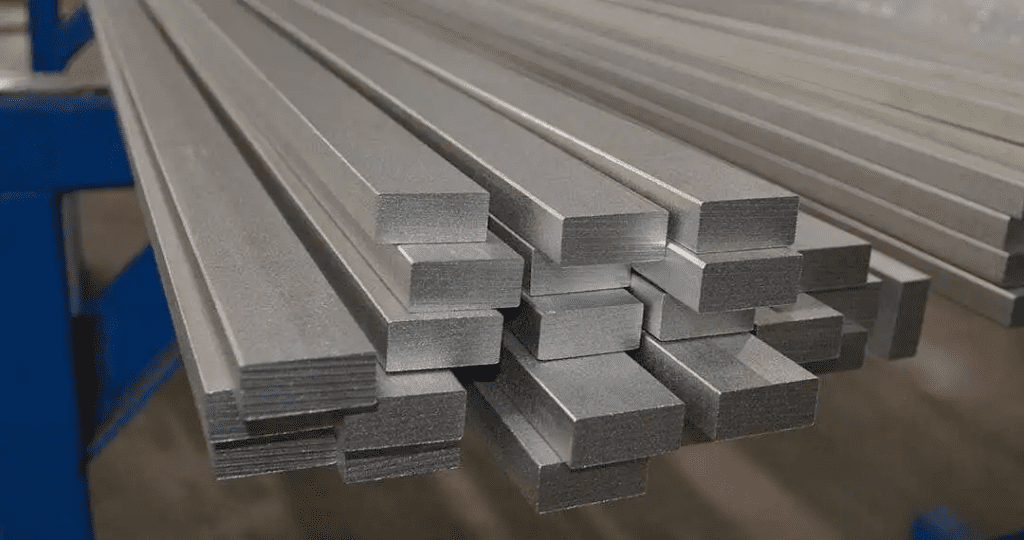 |
| Reliable supply: Consistent, certified aluminum stock you can trust. High-quality material: Superior-grade aluminum for precision needs. Custom cuts: Accurate cuts down to thousandths of an inch. |
Durability and strength: Reliable for projects needing long-lasting, tough materials. Cost-effective: Quality steel that offers strength without breaking the bank. Custom cutting: Precise cuts tailored to exact needs with top-tier cutting tools. |
Sustainability: Highly eco-friendly as the most recyclable metal on earth. High durability: Resistant to corrosion and wear, ensuring long-lasting performance. Custom precision cuts: Tailored to your specifications with quick, accurate results. |
Titanium Thermal Properties at Cryogenic Temperatures
Titanium and its alloys stand out for their exceptional performance at cryogenic temperatures. Unlike many other metals, some titanium alloys maintain their strength and ductility extremely well in these cold environments.
- Alpha alloys: These are particularly suited for cryogenic applications because they do not undergo the ductile-to-brittle transition seen in beta alloys.
- Beta alloys: Generally, beta alloys are not used in cryogenic environments due to their tendency to become brittle.
- Alpha+beta alloys: These alloys, which contain both alpha and beta-phase crystalline structures, also exhibit high strength at cryogenic temperatures. The Ti-6Al-4V alpha+beta alloy, for instance, can be used at temperatures up to around 800°F, making it ideal for many airframe and engine parts.
Sustainable and Reliable Metal Solutions From Industrial Metal Services
Understanding the thermal conductivity of titanium reveals why it is a favored material in various high-performance applications. Its unique properties, such as maintaining strength at extreme temperatures. Its exceptional corrosion resistance makes it an invaluable resource in industries ranging from aerospace to medical implants.
Industrial Metal Service has supplied specialty metals to manufacturers, machinists, and fabricators in the San Francisco Bay Area and nationwide for more than two decades. Our reputation for professionalism, reliability, and customer-focused service sets us apart.
We offer both new and recycled remnant metals, including titanium, aluminum, steel, and copper. Each metal is verified with x-ray fluorescence analyzers to ensure you receive the highest quality materials.
 Angle
Angle Cast Plate
Cast Plate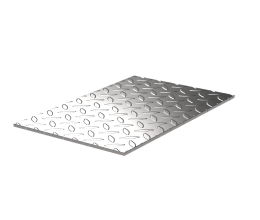 Diamond Plate
Diamond Plate Flat Bar
Flat Bar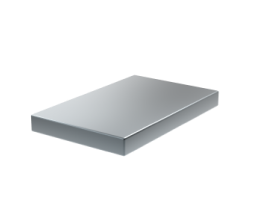 Plate
Plate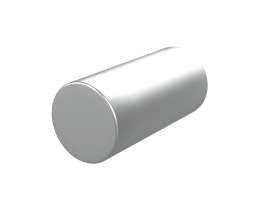 Round Bar
Round Bar Square Bar
Square Bar Square Tubing
Square Tubing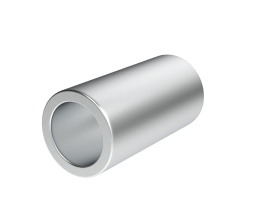 Round Tubing
Round Tubing Angle
Angle Channel
Channel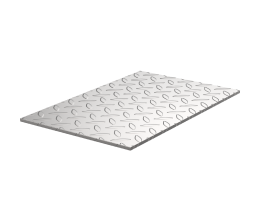 Diamond Plate
Diamond Plate I Beam
I Beam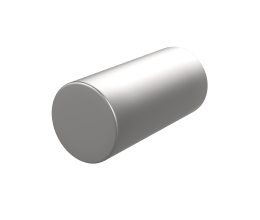 Round Bar
Round Bar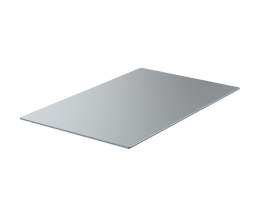 Sheet
Sheet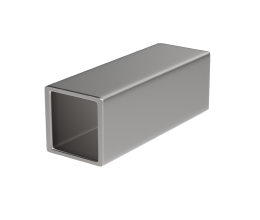 Square tubing
Square tubing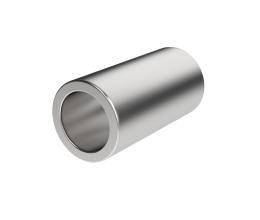 Round Tubing
Round Tubing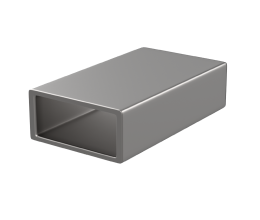 Rectangular Tubing
Rectangular Tubing Plate
Plate Rectangular Bar
Rectangular Bar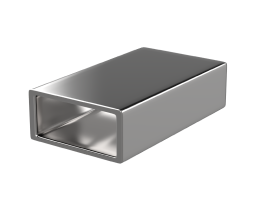 Rectangular Tubing
Rectangular Tubing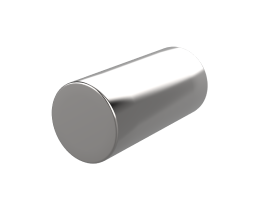 Round Bar
Round Bar Sheet
Sheet Square Bar
Square Bar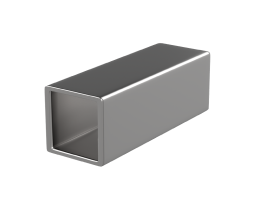 Square Tubing
Square Tubing
